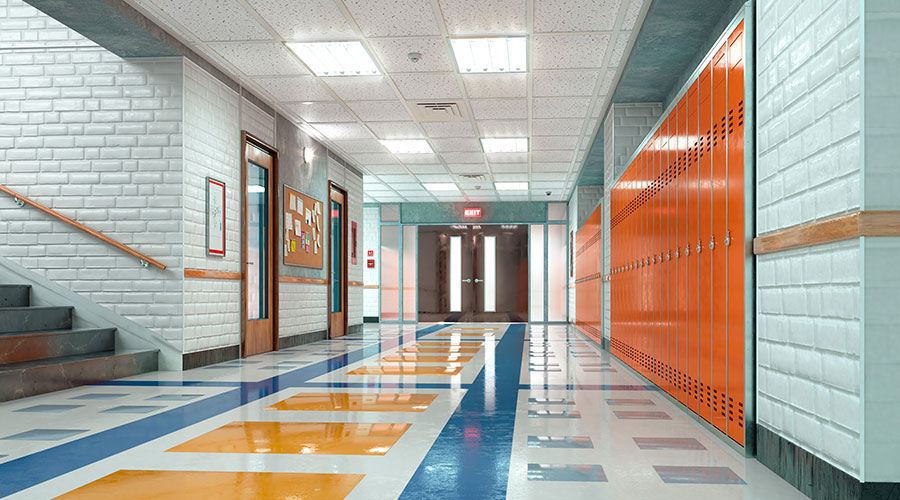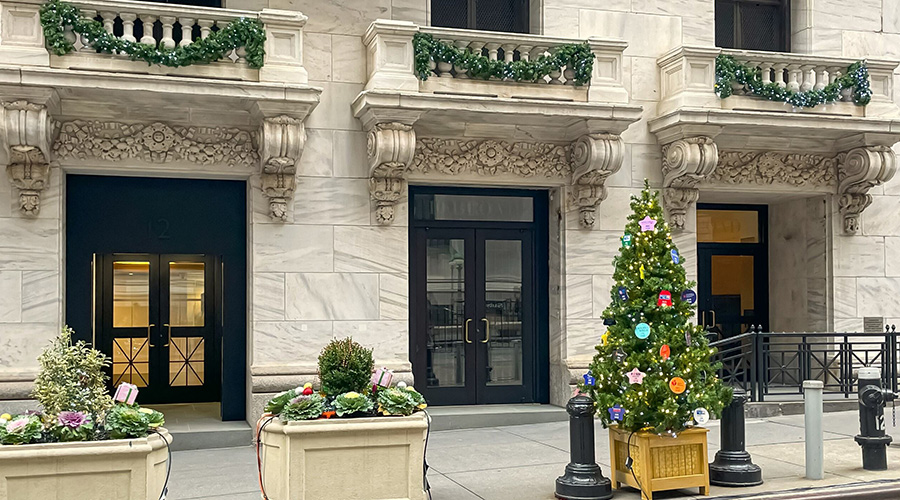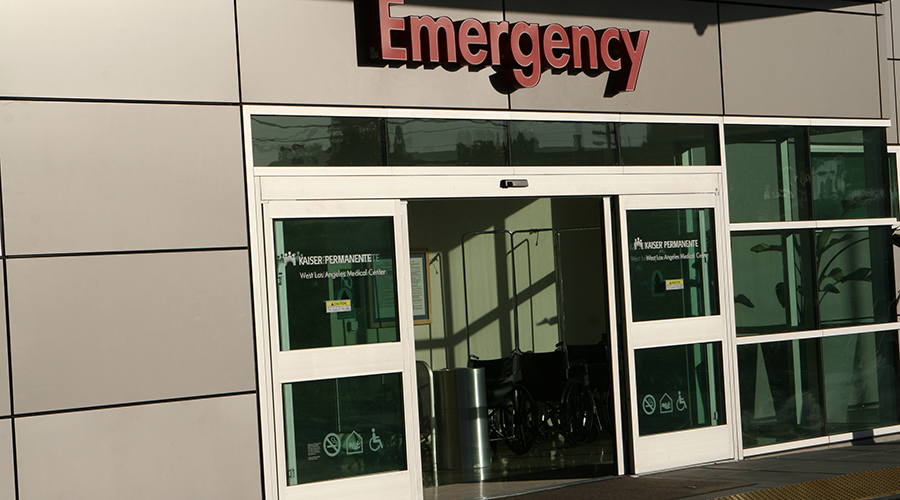Factors in Determining Door Life-cycle Costs
One of the most difficult factors to determine when evaluating different options is the durability and service life of the various products being considered. This is where door hardware standards developed by the Builders Hardware Manufacturers Association can help. These standards identify the number of operating cycles, such as opening and closing, that the hardware can be expected to withstand over its life. Unlike some manufacturer-touted terms, such as "heavy duty" or "super heavy duty", the standards identify a specific value. For example, a Grade 1 set of door hinges must be able to reliably complete 500,000 opening and closing cycles.
While Grade 1 devices can be expected to operate nearly three times as long as Grade 2 units, they typically cost between 25 and 50 percent more. For long life, high-use areas, Grade 1 hardware is worth the additional expense. But not all applications have high use or long service time requirements. In these applications, the cost of upgrading to Grade 1 hardware may not be justified. By considering how long the item will be expected to perform and how many cycles it must endure, managers can match the proper grade to the application.
Another factor to consider when evaluating door and door hardware options is the frequency and time required to perform the necessary preventive maintenance. Not all manufacturers give the same priority in their designs to maintenance requirements. When evaluating options, consider how easy it is to perform those required tasks. Are adjustment points easily accessible, or do covers have to be removed? How easy is it to remove and replace heavy-wear or high-stress components? Can adjustments and replacements be made using ordinary maintenance tools, or do the tasks require the purchase of special tools?
Feedback From Maintenance
Get maintenance personnel involved in the selection process. When considering several different options, install one of each item in a test location. Have maintenance personnel perform routine maintenance tasks and component replacements. Get feedback from them on how difficult each item is to work with. These test evaluations of different options are particularly important in larger facilities that are looking to standardize their door and door hardware installations.
Training issues must also be factored into the life-cycle cost analysis for some components. As door hardware has grown more complex, training requirements have increased. Electromechanical operators, card readers, computerized operating systems — all require specialized skills gained through both experience and training. For each option being evaluated, work with maintenance personnel to identify training time requirements and their associated costs.
Additional issues specific to the application must also be factored into the analysis. For example, with standardization, facility managers will be able to have on-hand an inventory of the most likely required replacement components. Even with a well-stocked inventory, there will be times when an item will be required that is not stocked. In these instances, facility managers will have to rely on the manufacturer or a distributor for replacement components. The question then becomes, how long will it take them to deliver the replacement component? Is there a local distributor where components can be picked up, or will components have to be shipped?
While life-cycle cost analysis is an important process to assist facility managers in selecting the most appropriate door and door hardware components, don't overlook aesthetic issues. Although it is impossible to associate a cost or a benefit with aesthetics, it remains an important factor to consider during the selection process. Aesthetics will influence how occupants and visitors view both the facility and those who manage it.
Once an estimate of the initial, maintenance and support costs have been determined for each of the alternatives, the costs have to be normalized over the expected life of the application. If the rated service life of one of the options is less than the projected life of the application, the life-cycle cost analysis must include the cost of replacing the item at some point during that interval. By using the application life rather than the item's rated service life, the analysis will give a more accurate estimate of the total cost for each item being evaluated.
Life-cycle cost analysis is not complicated. It simply is a way of recognizing that the cost of an item is a relative term. What an item costs depends on how you choose to evaluate it. And by choosing to look at ownership costs over the life of an item rather than simply first costs, facility managers can find ways to reduce total costs while improving performance.
James Piper, PhD, PE, is a writer and consultant who has more than 25 years of experience in facilities management. He is a contributing editor for Building Operating Management.
Related Topics:













